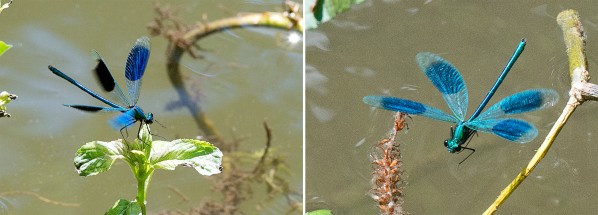It is often good practice to go and photograph something be it a moving or static subject to gain experience and to practice the technique so you are familiar with how to obtain a desired effect.
Being a Corporate photographer in London I go on jobs and take photographs for my clients that can be repetitive. A portrait can be asked to be done in various ways or covering a conference places you in different surroundings that take thought on how it is to be achieved but generally the situation is relatively the same, as perhaps an assignment that was covered recently that used basic camera setting for the job in hand.
A family portrait photographer is a typical example where they do not stray out of their comfort zone and only photograph time and time again the same type of subject under the same controlled environments. This is fine where you specialise in the one subject or area of photography. Hey, you do become good at it and that’s fine but when you do not know from one day to the next who you might be working for in commercial areas and the situations that you could be faced with its good to have a variety of skill sets to capture that special shot for the client.
Over the years this has been the case for me where I am photographing general requirements within the commercial world and then out of the blue I am asked to do something that is out of the ordinary and need to be prepared to say ‘’yes I can do that’’ than ‘‘no that is not really my skill area’’. Here you run the risk of loosing that client to another photographer and limiting your scope.
I have done this type of photography before but wanted to re address how to go about shooting fast moving objects. Since it was wonderful weather recently I went out to shoot these images below to create a blog spot for those who would like to know how to do this.
Dragon flies are fast creatures. They can be captured by high speed specially designed cameras that shoot thousands of images over a very short time but what if you want to use a standard DSLR camera to do it. Actually shoot them in flight. Here I used a Nikon D4 with a long lens utilising a mono pod to keep the camera steady while waiting for that moment.

